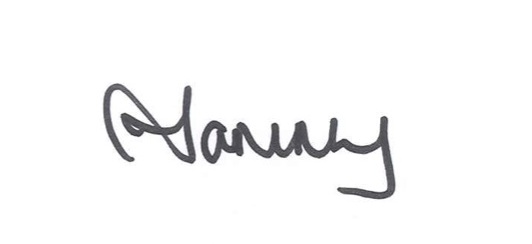 Pretty much everything as it turns out.
Pretty much everything as it turns out.
Stephen M.R Covey has identified the financial and other impacts that trust has on businesses and other organisations. And they’re significant. Distrust and mistrust costs businesses in lost productivity, efficiency and profit.
But more fundamental than that, trust is basis of how we decide how we are going to interact with each and every person. It’s a decision we make about each and every person every day:
Do I trust this person?
Can I trust this person?
The Anatomy of Trust – BRAVING
Brené Brown has identified seven components that make up trust in her now famous talk – the Anatomy of Trust: BRAVING
B = Boundaries. Both respecting others and having and holding your own.
R = Reliability. Being both reliable and authentic. That is: being real and doing what you say you’ll do.
A = Accountability. Owning your mistakes and apologising and making amends for those mistakes.
V = Vault. Knowing that what I share with you, you will hold in confidence (and I will do the same with you!! ) No gossiping. Truly respecting confidentiality. Acknowledging what is not yours to share.
I = Integrity. Choosing courage over comfort. Choosing what is right over what is fun, easy or fast. Practising not just professing your values.
N = Non judgement & reciprocity, offering and asking for help. Not thinking less of yourself for needing help, otherwise you’ll judge others for asking you for help.
G = Generosity – believing the best in the other even when they disappoint you (vs.. being a victim).
Trust in the workplace
I am guessing that if you think about any relationship in the workplace (or out), where you don’t trust someone it’s because of one of the reasons above.
Give it a go. Think about someone who you genuinely distrust. Now put into words the why behind this distrust.
Equally – where you do trust someone, no doubt it it because of aspects above.
It is very powerful stuff.
How does this help?
You can also start to identify the cost of that mistrust. For example, does it mean that you go around the person leading to rework and miscommunication?
And once you know the “why” of why you don’t trust someone – you can have a discussion with that person around rebuilding trust.
Trust and leadership
And of course, there is the very important question of whether people trust you and your leadership. And if not – why. Again, being able to articulate it means you can do something about it.
There are some wonderful inexpensive tools that you can use to measure whether your team does trust you, and if not, why not.
Want More?
If you’re still hungry for more on trust you can find my leadership book here which includes great resources on building trust. You can also read these blog posts on trust.
And, if you would like to discuss how I could help you look at your leadership or measure your leadership trust quota get in touch.
Until next week, happy leading.

Many thanks to www.willowgroveadventist.org for the summary of BRAVING.

